
Video
Bennett discusses new designs, special occasion baskets customers request, and uses of pine needle, sweetgrass, and palm in basket weaving.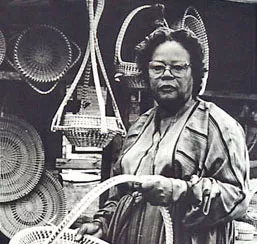
Basketmaker from Mt. Pleasant, South Carolina. Mary Jane and husband Jessie come from a long line of basketmakers. Mary Jane would make trips to Charleston as a young girl to deliver her mother's baskets, and remembers people drawing the style they wanted on paper. She would take the drawings back to her mother, who would study the drawing and then make the basket.
During the depression, Bennett's mother rarely made a basket for personal use. Everything made had to be sold.
Jessie Bennett was one of the few male basketmakers in an arena dominated by women. For years, Jessie made bottoms and placemats and focused on marketing the Bennett family baskets. He eventually made his first basket - a large market basket of sweetgrass, bulrush, and pine needle.
Regarding one of the job hazards, Mary Jane always put turpentine on her shoes when collecting sweetgrass to keep the snakes away. She "just had to hope they didn't run toward me instead of away."
NOTE: Video transcripts are available for the videos below.

Video
Bennett discusses new designs, special occasion baskets customers request, and uses of pine needle, sweetgrass, and palm in basket weaving.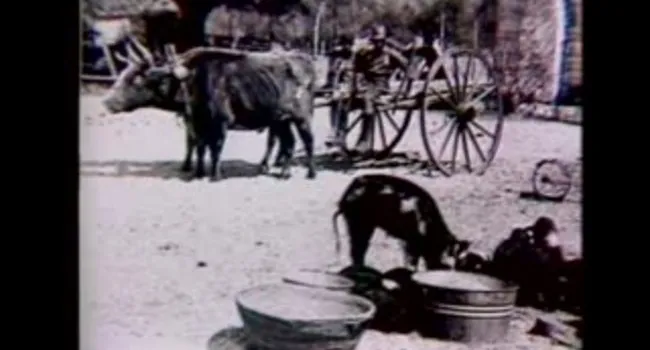
Video
Bennett’s family used sweetgrass baskets for corn and rice, but mostly the baskets were sold to supplement family income.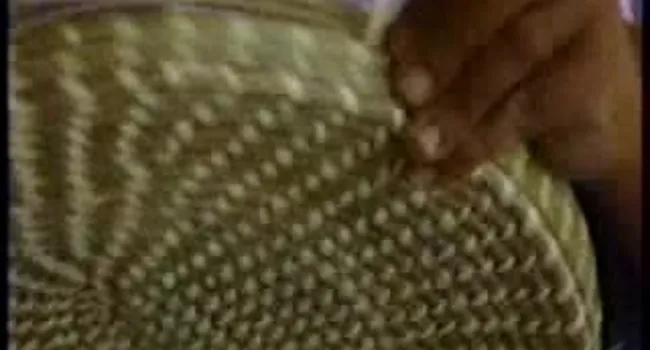
Video
Bennett provides a history of basket making at the Boone Hall rice plantation and the uses of the fanner basket.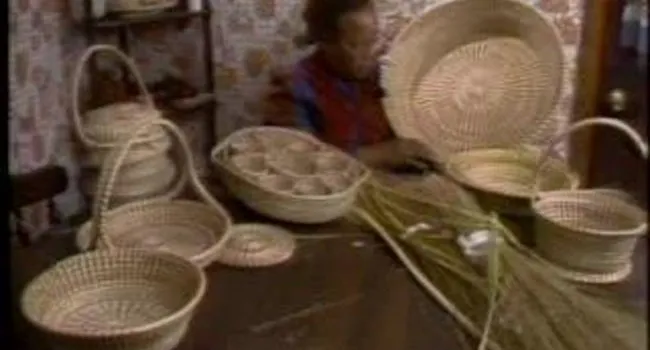
Video
Bennett relates how the children in her family would help her mother make baskets by beginning the bottoms.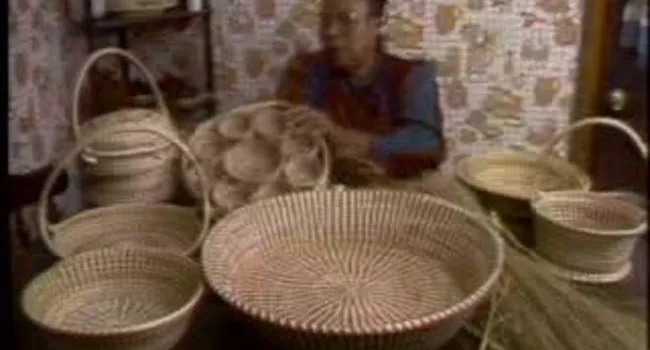
Video
Bennett identifies and gives the usage for the baskets she makes.
Video
Vintage footage from this 1976 documentary, Bennett talks about business at her basket stand while she demonstrates how she builds up a basket.
Audio
Mary Jane Bennett talks about when basketmaking began and subsequent changes.
Audio
Mary Jane Bennett talks about ancestry and heritage.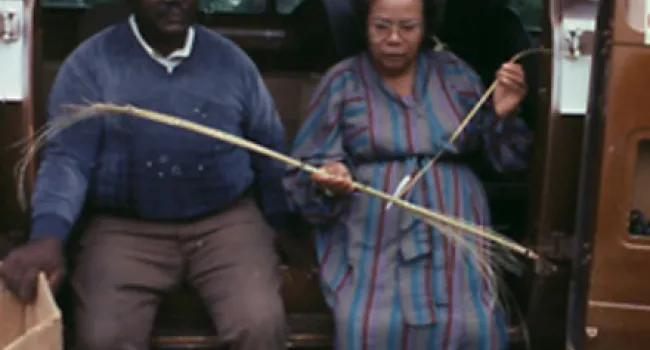
Audio
Mary Jane Bennett other family members that weave.